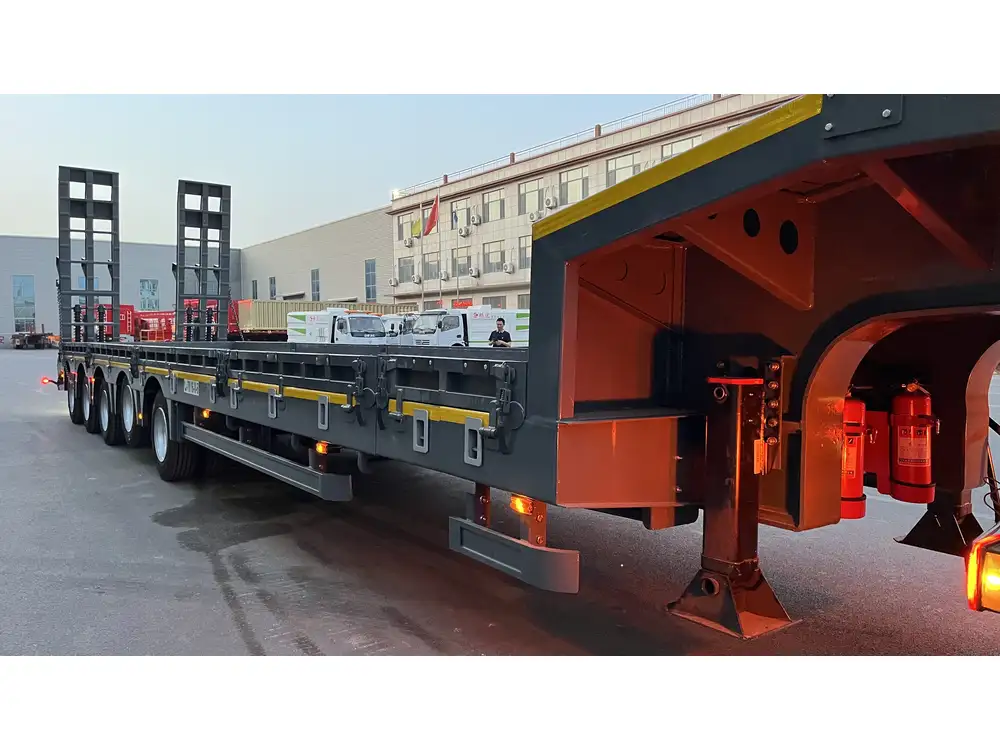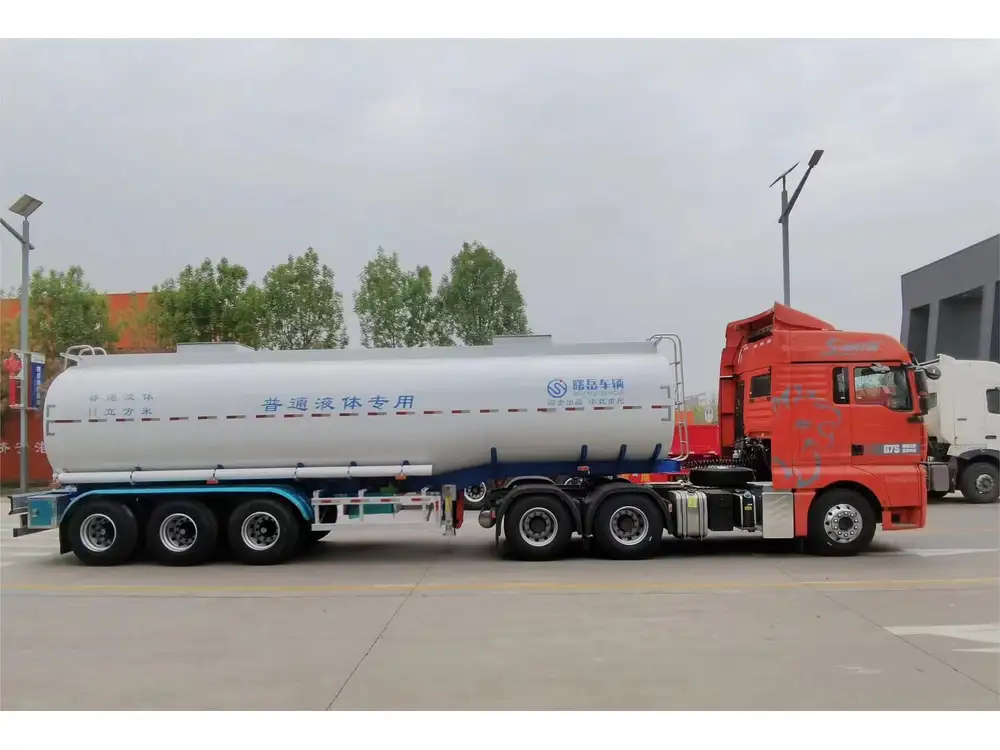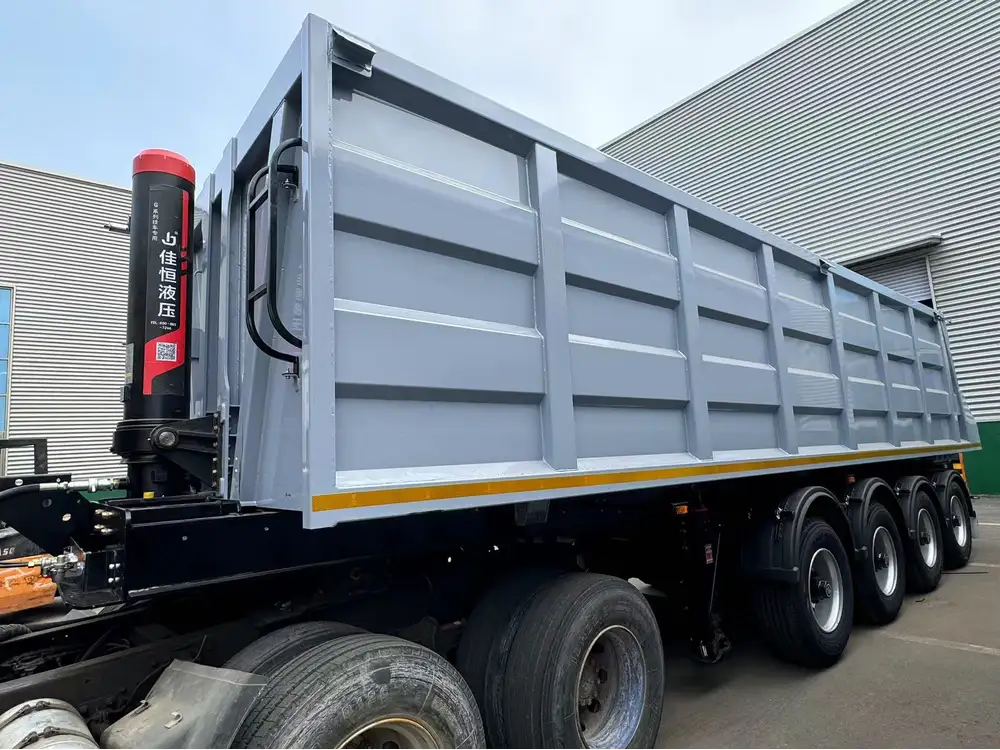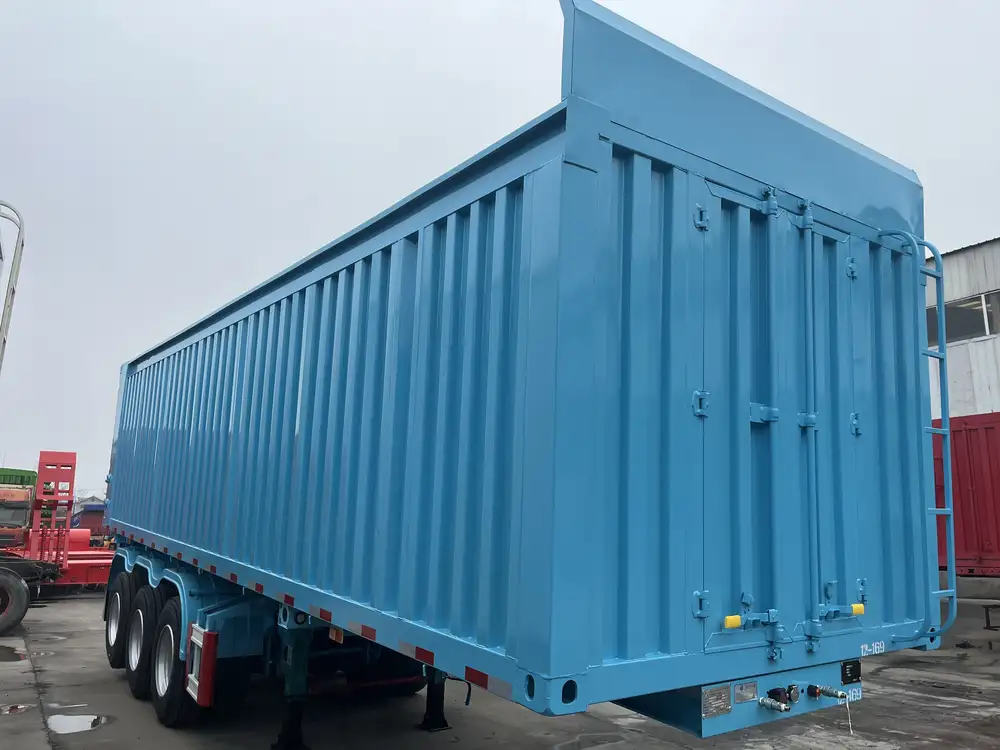When it comes to the transportation of liquid fuels, the design and capacity of fuel tankers are of paramount importance. Understanding how much a fuel tanker can hold is crucial for logistics, operations, and cost management in the fuel distribution industry. In this article, we delve into the various factors affecting fuel tanker capacity, the different types of fuel tankers, and their typical dimensions. We aim to provide a clear and detailed understanding of the nuances associated with fuel tanker capacities, enabling better planning and execution in fuel logistics.
Understanding Fuel Tanker Types and Capacities
Fuel tankers vary greatly in design and capacity depending on their intended use. The primary types of fuel tankers include:
| Tanker Type | Description | Typical Capacity Range |
|---|---|---|
| Straight Trucks | Smaller tankers used for local deliveries, limited in payload. | 1,000 to 6,000 gallons |
| Bobtail Trucks | Trucks with a tank attached, typically used for smaller, local routes. | 2,000 to 4,000 gallons |
| Semi-Trailers | Larger trailers often used for long-distance transport. | 5,000 to 11,600 gallons |
| Tank Ships | Vessels for transporting fuel via waterways, capable of carrying vast amounts. | 20,000 to over 500,000 gallons |
Semi-Trailers: The Backbone of Fuel Transportation
Among the various types, semi-trailers hold a special place due to their flexibility and ability to carry larger quantities of fuel over vast distances. The capacity of semi-trailers can be staggering, often designed to meet the high demand in commercial sectors.

Typical Capacities of Semi-Trailer Tankers
- Single Compartments: These are straightforward in design and can hold between 5,000 and 6,500 gallons.
- Multi-Compartment Tankers: These versatile units allow the transportation of different fuel types simultaneously and can typically hold between 6,000 and 11,600 gallons depending on the number of compartments.
Factors Influencing Fuel Tank Capacity
Several factors affect how much fuel a tanker can hold, including:
1. Regulatory Guidelines
Many jurisdictions have set rules regarding the maximum capacity of tankers to ensure safety and environmental protection. It’s essential to be aware of these guidelines to avoid hefty fines and downtime.

2. Tank Dimensions
The size and shape of the tank greatly influence how much fuel it can hold. Longer, wider, and properly designed tank shapes can accommodate more fuel without compromising safety or structural integrity.
3. Weight Regulations
In various regions, weight restrictions dictate how much fuel can be transported at a time. With weight limits for vehicles on different road types, operators must consider the combined weight of the tanker, fuel, and vehicle itself.
4. Fuel Type
Different fuels have different densities, which directly affects capacity calculations. For instance:
- Gasoline is less dense than diesel, meaning a gallon of diesel is heavier, which in turn can limit total capacity when weight regulations are considered.

5. Design Features
Innovative design features can optimize space for fuel transportation. Common features affecting capacity may include:
- Insulation: In some cases, cooling systems or insulation to prevent fuel temperature rise can alter available space for fuel.
- Pump and Valve Systems: Effective layouts can help maximize usable volume while still allowing for safety in operations.
Average Capacities for Common Fuel Types
To provide a clearer understanding of how much fuel segregated by type a tanker can hold, here’s a breakdown of average capacities:
| Fuel Type | Average Volume per Semi-Trailer | Notes |
|---|---|---|
| Gasoline | Up to 11,600 gallons | Widely used in automobiles and small engines. |
| Diesel | Up to 11,600 gallons | Commonly used in trucks and heavy equipment. |
| Propane | Up to 10,000 gallons | Requires specialized tank designs due to pressurization. |
| Jet Fuel | Up to 11,000 gallons | Considered for use in aviation transportation. |
Selecting the Right Fuel Tank Capacity for Your Needs
Understanding your specific needs is pivotal when selecting a fuel tanker. Here are the key considerations:

1. Transport Distance
Longer transport routes may benefit from larger tank capacities, as fewer trips could save time and cost.
2. Fuel Demand
Analyzing your market demand can help you gauge how much fuel is typically needed and ensure you have enough storage capacity available without unnecessary expenditure.
3. Operational Costs
While larger tankers can transport more fuel, they may also incur higher operational costs. Balancing capacity with costs is crucial.

4. Type of Fuel
Given that some fuels are more volatile or require special handling, the type of fuel being transported should heavily influence your tanker’s design.
5. Environmental Considerations
Adopting fuel-efficient tankers that minimize spills and environmental impact not only supports ecological responsibility but can also enhance brand image.
Conclusion: The Significance of Tanker Capacity Knowledge
Understanding “how much does a fuel tanker hold” is not merely a matter of numbers; it is vital for efficient logistics, compliance with regulations, and optimizing operational costs. Manufacturers and operators alike must stay abreast of the latest industry standards and capacities to ensure their success.
By selecting the appropriate tanker size, considering fuel type, and adhering to regulations, businesses can significantly optimize their fuel distribution processes. Whether you’re hauling gasoline, diesel, propane, or any other liquid fuel, informed decisions lead to enhanced efficiency and profitability in your operations.

Key Takeaway
Whether you are in the market for purchasing a tanker or assessing your current logistical needs, a clear understanding of capacities and operational factors will facilitate informed decision-making. By ameliorating your tanker’s specifications, your operations can remain competitive while ensuring compliance with safety and environmental standards.
In the complex world of fuel transportation, knowledge is not just power; it is a pathway to operational excellence.



